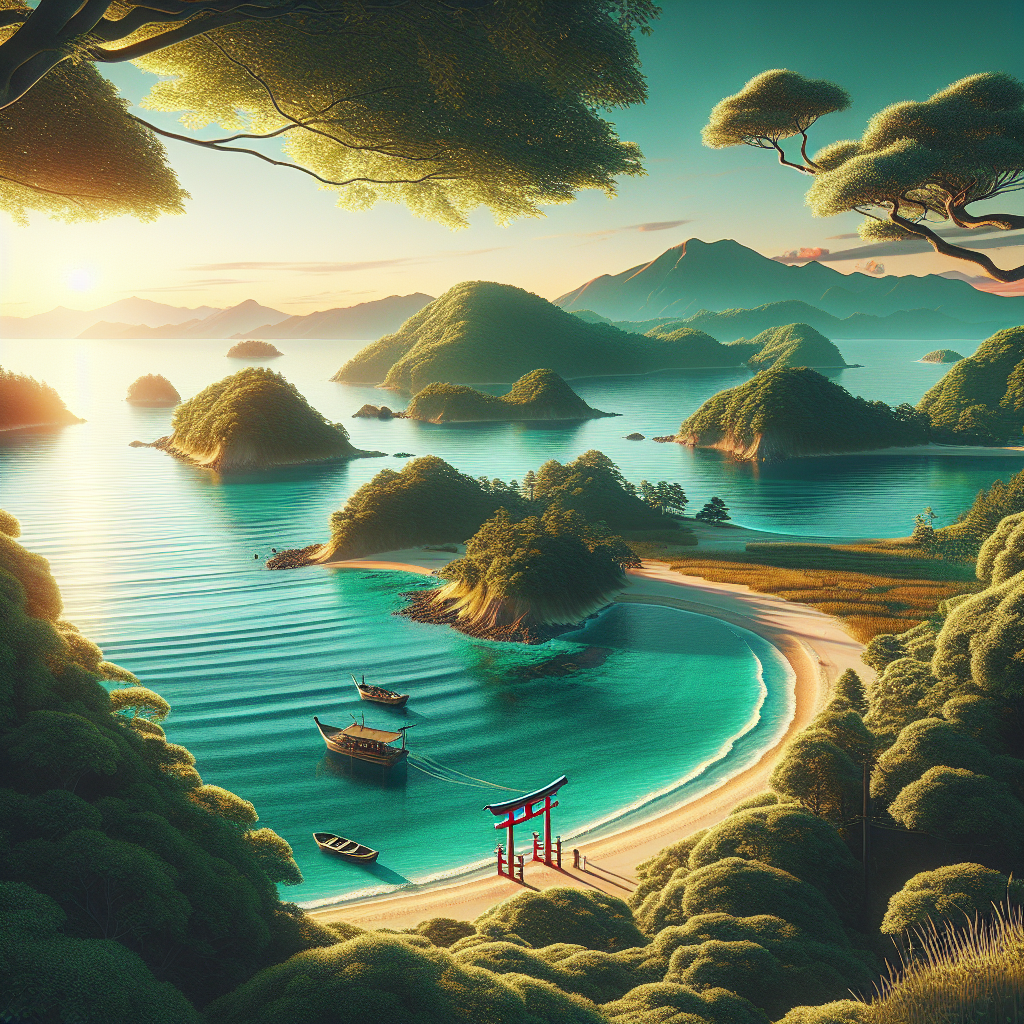Island Escapes: Exploring Japan’s Beautiful and Remote Isles
Japan, a country known for its bustling cities, rich culture, and technological advancements, also harbors some of the world’s most beautiful and remote islands. These secluded gems offer a unique blend of breathtaking landscapes, vibrant local cultures, and a peaceful escape from the hustle and bustle of mainland life. From the northern reaches of Hokkaido to the tropical paradises in the south, Japan’s islands are as diverse as they are numerous. In this article, we’ll explore some of these extraordinary destinations and why they should be on every traveler’s bucket list.
Okinawa and the Southwest Islands
Starting in the south, the Okinawa Prefecture encompasses several hundred islands, forming part of the Ryukyu Islands chain. Okinawa itself is the largest and most well-known, offering a subtropical climate, with beautiful beaches, coral reefs, and a unique Ryukyan culture that differs significantly from the mainland. Activities such as snorkeling, diving, and marine life observation are prolific, especially around the Kerama Islands, which boast some of the world’s clearest waters.
Yakushima
Further north, off the coast of Kyushu, lies Yakushima. This island is renowned for its ancient cedar forests, which are believed to have inspired the Studio Ghibli film “Princess Mononoke.” The island is a UNESCO World Heritage site, primarily because of its lush forests, including trees that are thousands of years old, like the Jomon Sugi. Hiking trails abound, offering visitors a close-up view of the island’s natural beauty and wildlife.
Sado Island
Off the coast of Niigata in the Sea of Japan, Sado Island offers a rich cultural experience alongside its natural beauty. Once home to political exiles, the island has a unique history that visitors can explore through its historical sites and festivals. Sado is also famous for its traditional Taiko drumming, with the internationally renowned group Kodo based here. The island’s rugged coastline and terraced rice fields provide a stunning backdrop for cultural exploration and outdoor activities.
The Ogasawara Islands
Located over 1000 kilometers south of Tokyo, the Ogasawara Islands are a remote archipelago that can only be reached by a 24-hour ferry ride. This isolation has preserved a unique ecosystem, earning the islands a UNESCO World Heritage designation. Visitors can indulge in whale watching, dolphin encounters, and hiking through the islands’ jungles. The absence of a large human population has kept the beaches pristine and the waters crystal clear, ideal for snorkeling and diving.
Amami Oshima
Part of the Kagoshima Prefecture, Amami Oshima is another island that boasts rich natural beauty and cultural heritage. The island is known for its coral reefs, mangrove forests, and the endemic Amami rabbit. The local culture is a blend of Japanese and Ryukyu influences, with unique textiles, crafts, and dances. Amami Oshima’s beaches are perfect for swimming and sunbathing, while its forests offer excellent opportunities for bird watching and trekking.
Why Visit Japan’s Remote Isles?
The appeal of Japan’s remote islands lies not just in their natural beauty but also in the slower pace of life and the opportunity to immerse oneself in a world that feels timelessly preserved. Each island offers a unique window into Japan’s diversity, from subtropical paradises to rugged volcanic landscapes. They provide a sanctuary for rare wildlife, traditional cultures, and adventures that are hard to find elsewhere.
Visitors can enjoy a range of activities, including water sports, hiking, cultural festivals, and culinary experiences that highlight local ingredients and cooking styles. These islands also offer a chance to disconnect and find solitude in nature, making them perfect for those seeking a break from the digital world.
FAQs about Exploring Japan’s Remote Isles
Q: What is the best time to visit these islands?
A: The best time varies by island due to their differing climates. Okinawa and the southern islands are best visited from March to May before the rainy season, while the northern islands are more pleasant during the summer months.
Q: Do I need to speak Japanese to visit these islands?
A: While some knowledge of Japanese is helpful, especially on the more remote islands, many tourist spots have information available in English. Learning basic phrases can enhance your experience.
Q: Are these islands accessible for those on a budget?
A: Yes, though it depends on how you travel. Ferries and budget accommodations are available, but some remote islands can be more expensive due to transportation and limited resources.
Q: What should I bring for a trip to these islands?
A: Essentials include comfortable walking shoes, appropriate clothing for the climate, snorkeling or diving gear if interested, and a phrasebook or translation app. Don’t forget to bring cash, as some smaller islands may have limited ATM facilities.
Japan’s remote islands offer a unique adventure, blending natural beauty, culture, and tranquility. Whether you’re exploring the ancient forests of Yakushima, diving in the clear waters of Okinawa, or experiencing the traditional culture of Sado Island, these destinations provide a memorable escape from the ordinary. The islands not only showcase Japan’s geographical diversity but also offer a deeper understanding of its cultural richness and ecological wonders.
